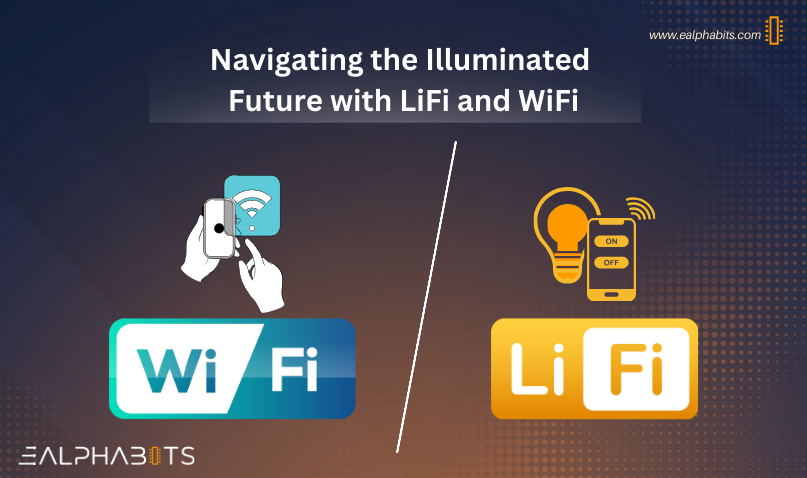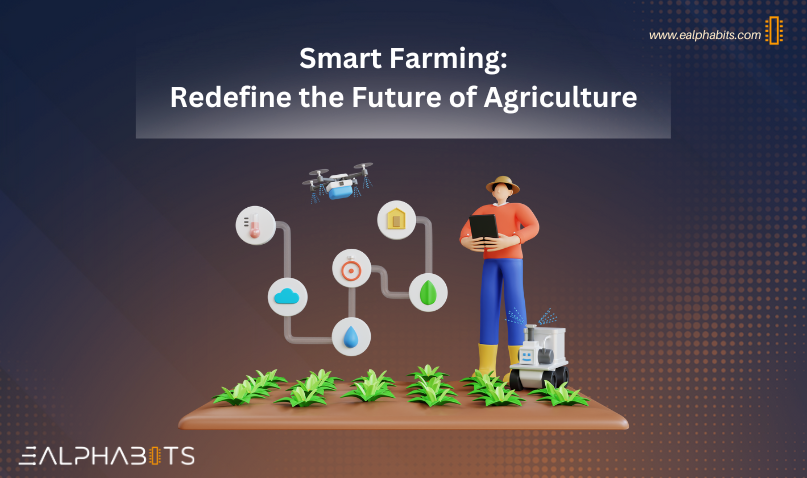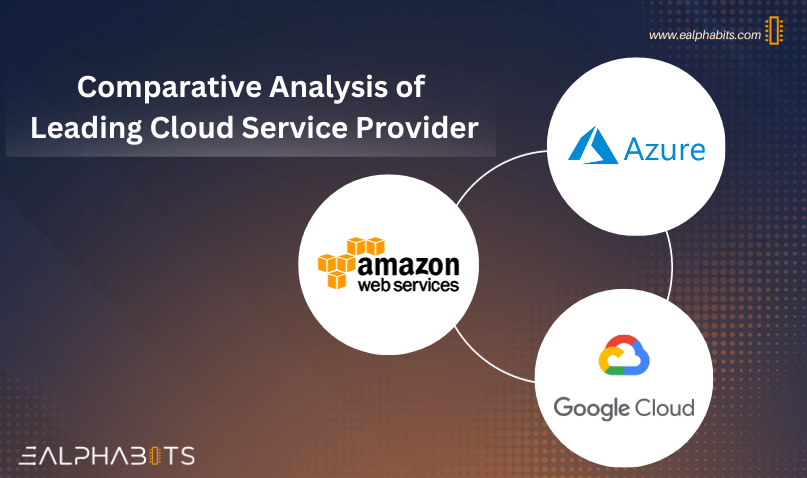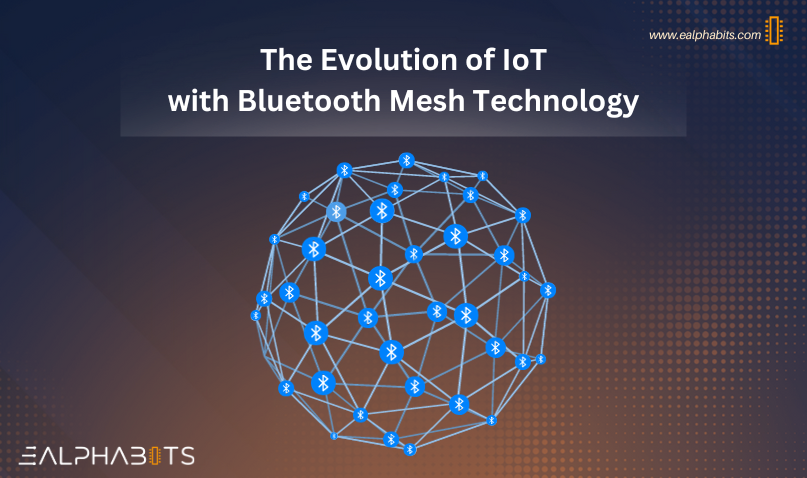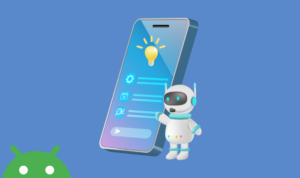In the dynamic world of mobile app development, the need for cross-platform compatibility has become paramount. However, as developers strive to meet tight deadlines, the challenge lies in maintaining quality while delivering at a rapid pace. This delicate balance is where a robust Cross-Platform Mobile App Test Automation Framework, such as Selenium, becomes indispensable.
Understanding the Landscape:
Before we dive into the specifics, it’s crucial to comprehend the mobile app testing landscape. With an array of devices, operating systems, and screen sizes, ensuring that an app functions seamlessly across platforms is no mean feat. Manual testing is time-consuming and error-prone, necessitating the adoption of automation to meet the demands of speed without compromising quality.
Why Choose Selenium?
Selenium has emerged as a leading choice for test automation, and for good reason. Here are some key factors that make Selenium a preferred framework:
Cross-Platform Compatibility:
Selenium supports cross-browser and cross-platform testing, allowing for the validation of applications on various browsers (Chrome, Firefox, Safari, etc.) and operating systems (Windows, macOS, Linux).
⇒ Open Source and Community Support:
Being an open-source framework, Selenium comes with the support of a vast and active community. This ensures frequent updates, a plethora of resources, and solutions to common issues.
⇒ Language Support:
Selenium provides support for multiple programming languages, including Java, Python, C#, Ruby, and JavaScript. This flexibility allows developers and testers to choose the language they are most comfortable with.
⇒ Selenium Grid for Parallel Testing:
Selenium Grid enables parallel execution of tests across multiple devices and browsers. This significantly reduces the testing time, making it an ideal choice for projects with tight deadlines.
⇒ Integration with CI/CD:
Selenium seamlessly integrates with popular Continuous Integration/Continuous Deployment (CI/CD) tools like Jenkins, allowing for the automation of the entire testing process.
Real-Life Examples:
Let’s explore a couple of real-life examples where Selenium has played a crucial role in achieving the delicate balance between quality and speed:
Booking.com:
Booking.com, one of the world’s leading online travel agencies, utilises Selenium for cross-browser testing to ensure a consistent user experience across different web browsers. This helps them maintain high-quality standards while meeting the fast-paced demands of the travel industry.
LinkedIn:
LinkedIn, a professional networking platform, employs Selenium for regression testing to validate the functionality of its web application across various browsers. The use of Selenium allows LinkedIn to iterate quickly on new features without compromising the reliability of the platform.
Balancing Quality and Speed:
♦ Comprehensive Test Coverage:
Prioritise testing scenarios based on their criticality to the application’s functionality.
Develop a suite of automated tests using Selenium that covers both high-impact and edge cases to ensure thorough coverage.
♦ Regular Maintenance:
Periodically review and update Selenium test scripts to align with changes in the application’s codebase.
Continuous maintenance ensures that automated tests, particularly those leveraging Selenium, remain effective and provide accurate results.
♦ Feedback Loops:
Establish feedback loops between developers and testers, leveraging Selenium’s reporting capabilities, to quickly address and resolve issues.
Quick iterations based on feedback enhance collaboration and contribute to a faster development cycle.
♦ Performance Testing:
Integrate Selenium-based performance testing to identify bottlenecks and optimise the app’s speed and responsiveness.
In Conclusion:
In the ever-evolving landscape of mobile app development, the choice of a cross-platform mobile app test automation framework, such as Selenium, plays a pivotal role in achieving the delicate balance between quality and speed. By addressing the key requirements and implementing best practices, development teams can ensure that their applications are not only delivered swiftly but also meet the highest standards of quality. In this fast-paced environment, Selenium becomes the cornerstone of success, allowing developers to navigate the challenges of cross-platform compatibility with confidence.
Schedule a meeting with us today!
At Ealphabits, the possibilities are limitless!
To power your ideas, contact us at sales@ealphabits.com | +91 973720 8790 or visit our website at www.ealphabits.com.






